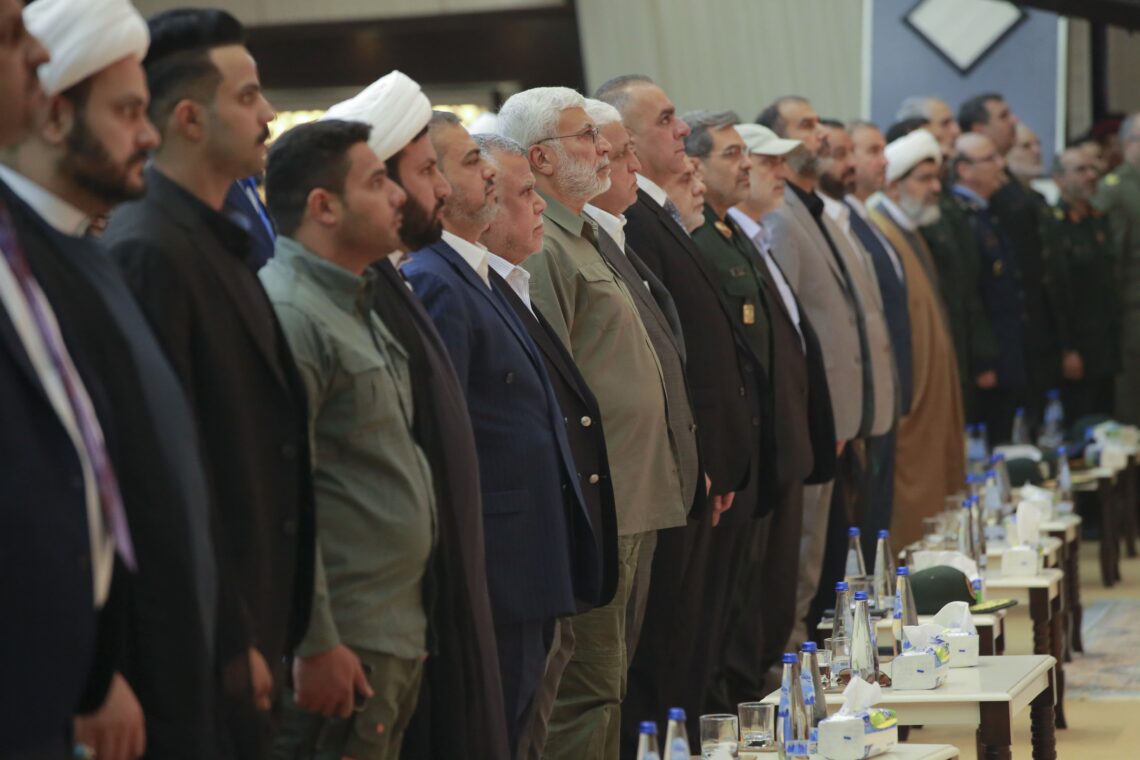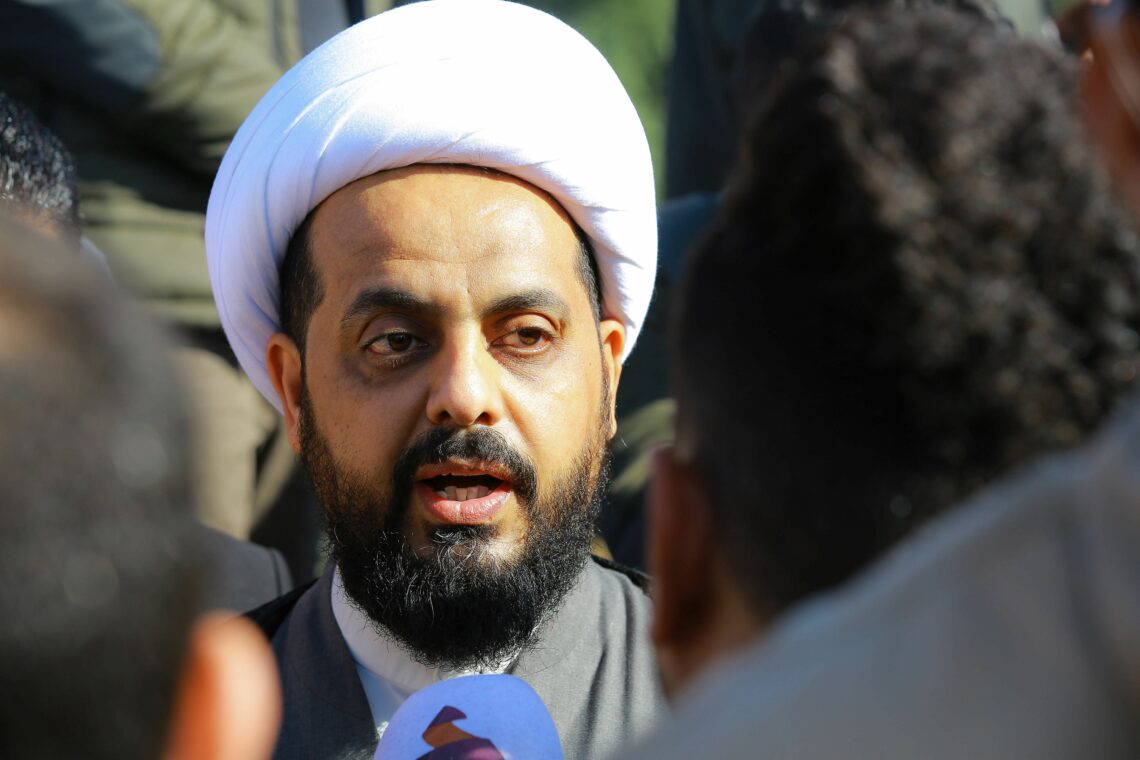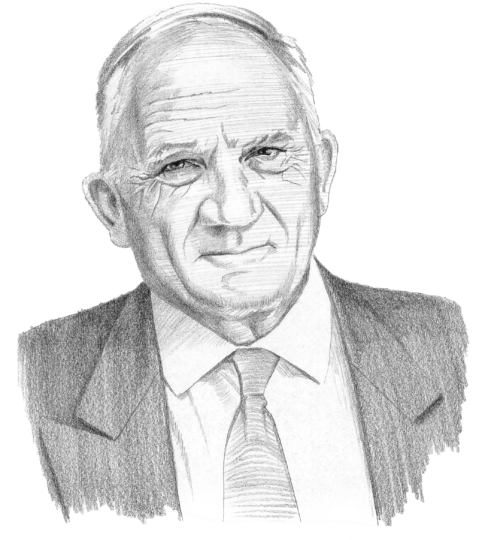The lost cause of Iraq and Syria, symbols of the West’s defeat
After over a decade of Western involvement in Syria and Iraq, the region is no closer to peace and remains vulnerable to Iranian interference. In the aftermath of the Soleimani assassination, the U.S. is unlikely to be able to play a role in eventual foreign-led negotiations.

In a nutshell
- The Kurdish conflict in Syria is nowhere near resolution
- The fate of the current Iraqi government is uncertain due to wide-scale protests
- The region is now united against the U.S., making pacification even more difficult
Iraq’s 20-year war is far from being over. It could even be argued that it is a 30-year war, going back to the first Gulf War that shortly followed the conflict between Iran and Iraq. The country has rarely been at peace and is still plagued by violent domestic protests against a government that is corrupt and submissive toward foreign powers. Meanwhile, the Syrian conflict still rages on at the western border, but it is no longer a war between state and insurgents, but instead, Turkey intervening against Kurds on its neighbor’s territory.
American withdrawal
The Kurdish problem is not new. Already in 1998, at the end of Hafez al-Assad’s reign, Turkey had threatened to invade Syria. The leaders of the terrorist Kurdistan Workers’ Party (PKK), notably Abdullah Ocalan, had taken refuge there. Damascus eventually expelled them, and Mr. Ocalan has been kept in a Turkish prison ever since.
In 2012, Turkish President Recep Tayyip Erdogan began to support opposition to Syrian President Bashar al-Assad. President al-Assad, in turn, reached out to the PKK, which settled in zones that had been abandoned by government loyalists. In the cities of Afrin and Kobane, the People’s Protection Units (YPG) – PKK’s military disguise in Syria – started to implement Ocalan’s independence program and ultimately became President al-Assad’s strategic allies.
Iraq’s 20-year war is far from being over.
The YPG put local governments in place. These governments protected civilians, effectively becoming a bulwark against Islamic State (IS, or ISIS) and the jihadist organization al-Nusra, which is affiliated to al-Qaeda. They also planned for the unification of the three Kurdish enclaves in Syria – an unacceptable scenario for Ankara.
In Kobane, Kurdish fighters successfully repelled IS in 2014. They also wrested Manbij and Raqqa, populated by both Kurds and Arabs, from the Syrian Democratic Forces. However, at the Turkish border, the Kurdish independence movement was crushed. President Erdogan’s tanks took back the Afrin enclave in Spring 2018, leading Kurds to flee the region.
This past October, the mostly American international coalition withdrew from autonomous Kurdish territories. Russia stepped in and signed an agreement with President Erdogan so that the YPG would be confined to a 30-km wide strip of land on the border. Turkish-Russian patrols were meant to oversee this arrangement, but in practice, Turkish mercenaries are controlling the population.
However, Americans have not withdrawn from Syria entirely, as they have been redeployed to the desert region of Deir Ezzor to “secure the oil,” as President Donald Trump put it.
Iran out
In parallel, from October to December, a power struggle in Iraq led to several hundred casualties. Surprisingly, the movement was born in Shia regions and in Baghdad, despite the fact that Shia rulers have been in power since American President George W. Bush removed Saddam Hussein.
Iraqis are rising against the influence of their enemy neighbor, Iran. “Iran out, Iraq free,” shouted the protesters. Notably, militias like the Popular Mobilization Forces are being blamed for Iranian interference. So is the Fatah Alliance, the second-largest in the Iraqi government. But it is mostly corruption and religious quotas that are being denounced on the streets. Shia leader Muqtada al-Sadr, who had lost much of his influence, recently went over to the protesters’ side. In early December 2019, his house was shelled in retaliation. Ayatollah Ali Sistani, the highest Shia authority in Iraq, was also left with little choice but to support the protests.

Some events forecast a turn for the worse. What the protesters call the “Sinak Massacre,” when some 20 people were reportedly stabbed and shot in a Baghdad garage on December 6, could represent a turning point. Clashes between dissenters and the state have already left 445 dead and 20,000 injured since October 1. New attacks against the protesters and a dangerous escalation between Shia armed groups can be expected. Meanwhile, negotiations to appoint a new prime minister, after the resignation of Adel Abdul-Mahdi on November 29, are ongoing.
Political parties are endeavoring to find a candidate that would be acceptable to all. This process is being overseen by the Lebanese Hezbollah official responsible for Iraqi affairs, Muhammad Kawtharani. Iranian General Qassem Soleimani was also involved before his assassination on January 3, 2020. It is, therefore, reasonable to assume Iranian interference.
New attacks against the sit-in and a dangerous escalation between Shia armed groups can be expected.
Protesters want to dismantle a corrupt political system that was put in place by the United States after the fall of the regime of Saddam Hussein in 2003, which is paradoxically under Iranian control.
Counterproductive policy
The symbolic execution of General Qassem Soleimani, carried out by the U.S. as retaliation against an attack on their embassy in Baghdad, changes the situation. All of a sudden, Iraq has come together not to overthrow the regime, but to demand the expulsion of President Trump’s soldiers from their country. Shia leader Muqtada al-Sadr has now reactivated his Mahdi Army, which had killed dozens of American soldiers before being dissolved during the 2003 U.S. occupation. He is also calling for the unification of “Iraqi resistance factions.” His former lieutenant Qais al-Khazali, who had become his opponent, is pursuing a similar course of action. Now head of the Asa’ib Ahl al-Haq group, he has also sworn revenge. President Trump’s strike may not bring the results he hoped for.
If the West wants to remain relevant in the region, it will need a long-term, rather than a knee-jerk, policy.
This recent strike is only one example of 15 years of counterproductive and incoherent Western policy in Syria and Iraq – mostly carried out by the U.S, but often backed by other Western powers and NATO. The Iraq war of former American President George W. Bush (2001-2009) not only put leaders in power who were under Iran’s influence but also gave rise to Islamic State in the Sunni provinces. (While the IS threat seems under control at the moment, it could quickly resurface in other areas of the world.) Enemies of the West, like Russia and Iran, are benefiting from this new state of affairs.
Scenarios
If the West wants to remain relevant in the region, it will need a long-term, rather than a knee-jerk policy that is also beneficial to local populations. Although Mr. Trump’s method of a unilateral retreat is the opposite of former President Bush’s approach, he faces the same chaotic outcome. Iran has withdrawn from the nuclear treaty and even moderates have turned against the U.S. This means Europe will have to step up and undertake the colossal duty of handling the negotiations. France, the United Kingdom and Germany have played a hazy and indefinite role in Syria. They could succeed at assuaging the ire of Iran’s mullahs, but one sees no such hope for Iraq now.








